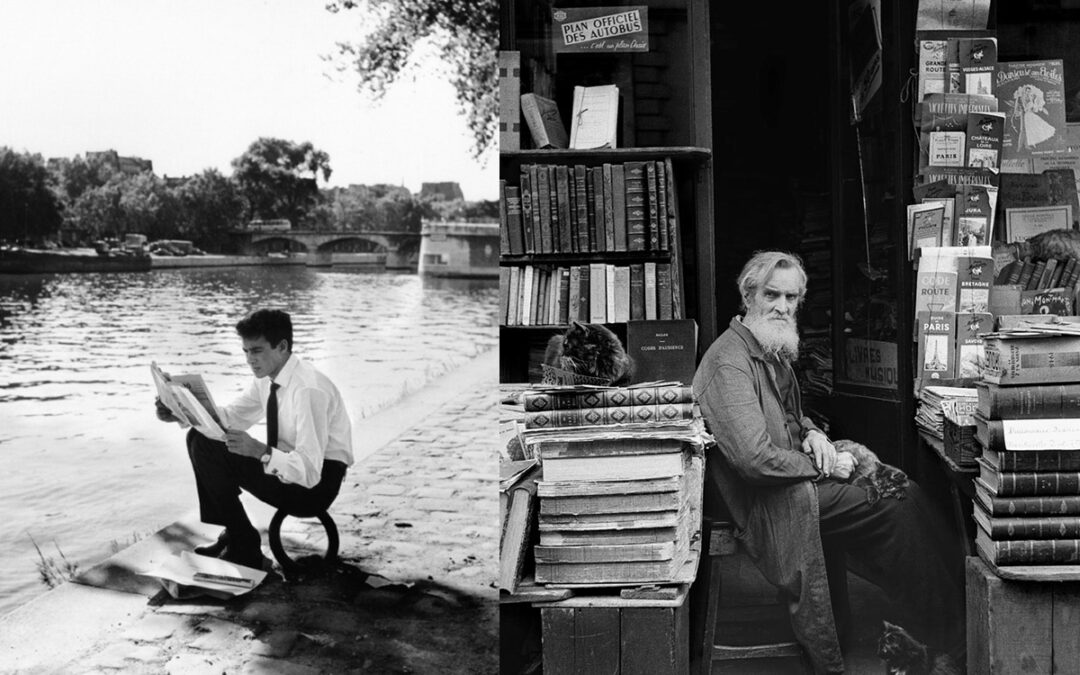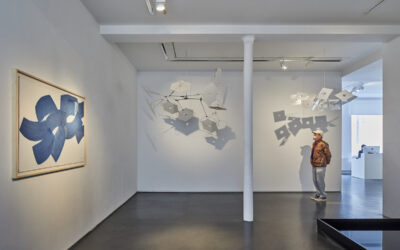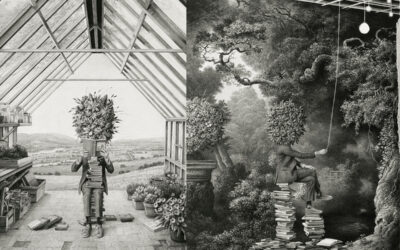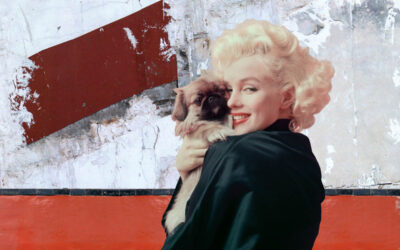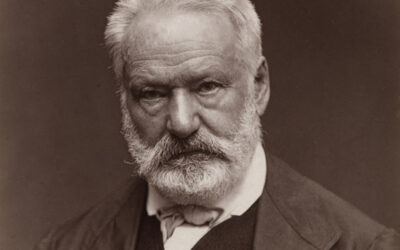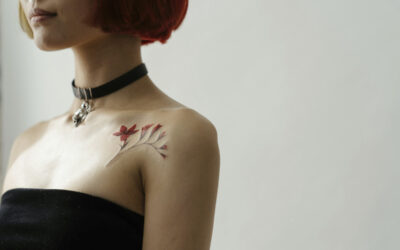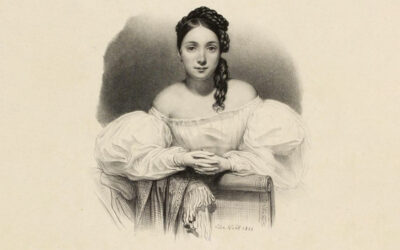Quai de la Seine, the reader, Paris, 1957. © Adolfo Kaminsky (l.) – The bookseller, Paris, 1948. © Adolfo Kaminsky (r.)
Resistant and counterfeiter. The incredible destiny of Adolfo Kaminsky has been known since his daughter Sarah revealed it to the world through a fascinating book in 2009, Adolfo Kaminsky, a forger's life (at Calmann-Lévy).
Born in 1925 in Argentina into a Jewish family, the latter grew up in Normandy, was passionate about chemistry and inks, and specialized, in Paris, in the manufacture of fake paper during the Occupation.
From the age of 17, he allowed many Jews to escape persecution. After the Second World War, he committed himself to decolonization and continued his clandestine "art" for thirty years, for different liberation movements, especially in Algeria and the rest of the African continent, and for people oppressed by dictatorships, particularly in South America.
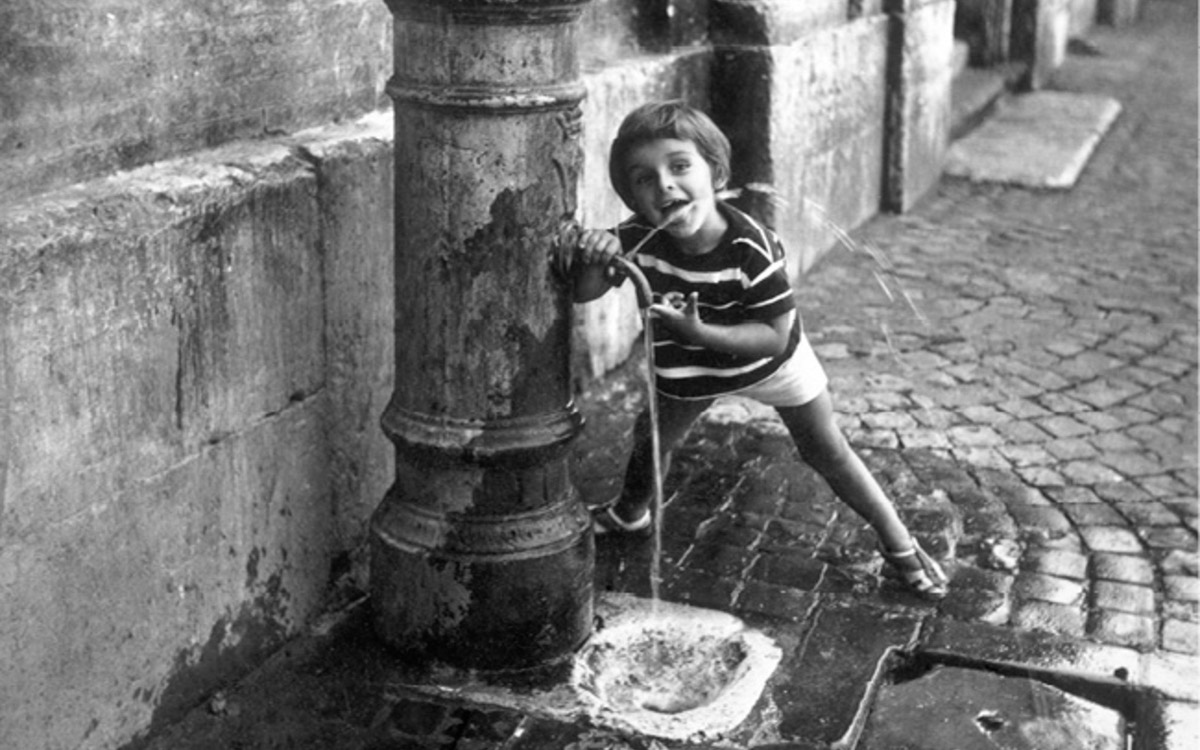
Child at the fountain, Paris, 1948. © Adolfo Kaminsky
Still, he refuses to be paid. In 1971, he made his last false paper, and put a definitive end to this activity.
The Museum of Art and History of Judaism (mahJ) paid tribute in 2019 to this singular and little-known figure of the Resistance. We then discover that he is also a photographer whose work has long remained ignored due to his commitments, his natural discretion and his partly clandestine existence.
After the Liberation, however, he took thousands of photos, offering a chiaroscuro look at the world and Paris of those years.
What interests him is the popular. From the flea markets of Saint-Ouen to the neon lights of Pigalle, he captures Parisian looks and silhouettes with simplicity.
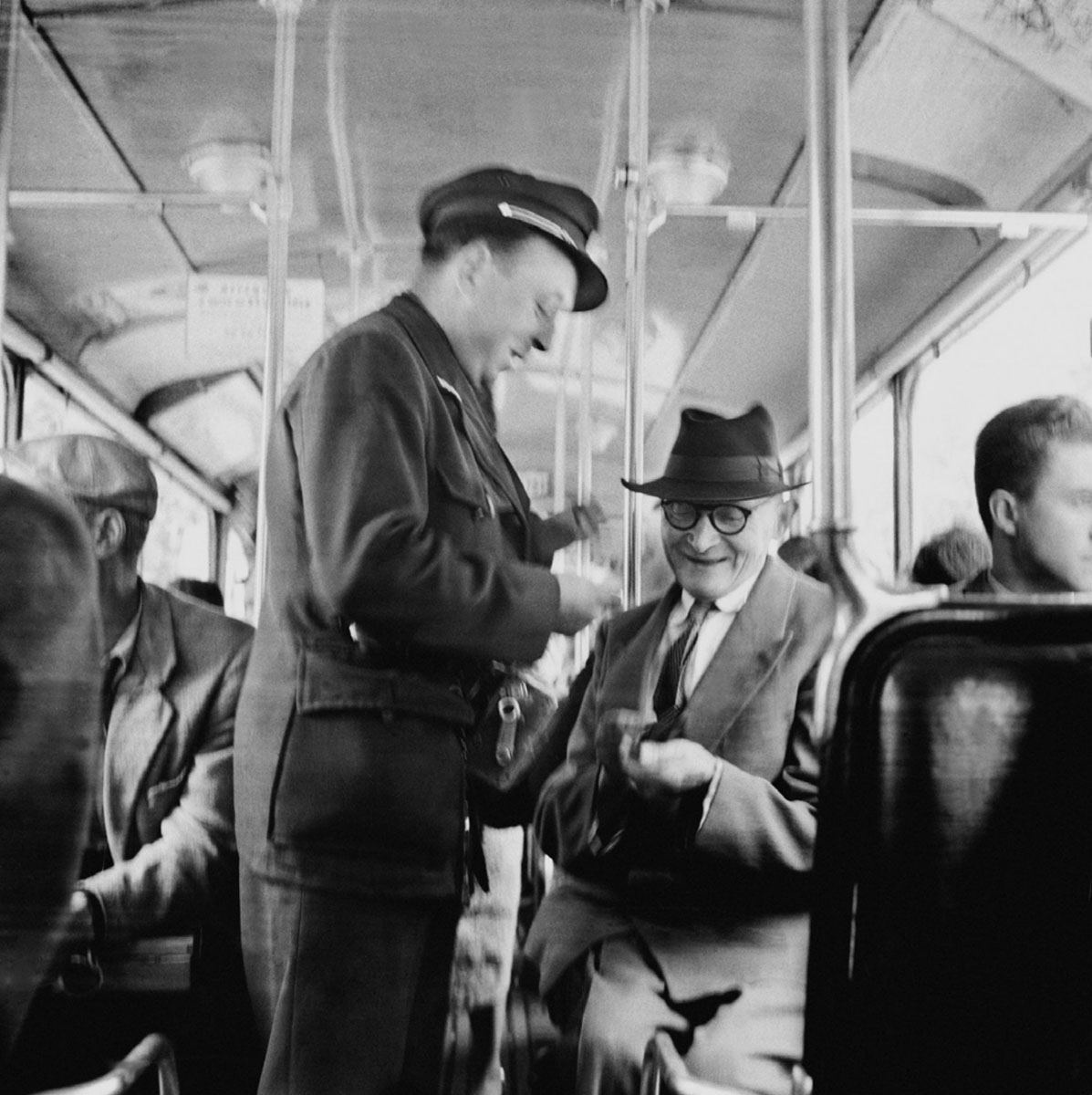
The Puncher, 1955 © Adolfo Kaminsky
Its snapshots that merge with the search for truth. These days, we can delight in the images of our astonishing contemporary, now in his nineties.
They are hung – as it should be for a street photographer – in the street, on three sides of the gates of the Paris Center town hall (the former town hall of the 3rd) until February 26. You have to take the time to stop there. And, with Kaminsky, immerse yourself in this lost Paris. So far and yet so close.
Paris Center Town Hall
2 rue Eugène Spuller 75003, Paris
Monday to Friday from 8h30 to 17h
Saturday from 9 a.m. to 12:30 p.m.
Tel: +01 87 02 61 00
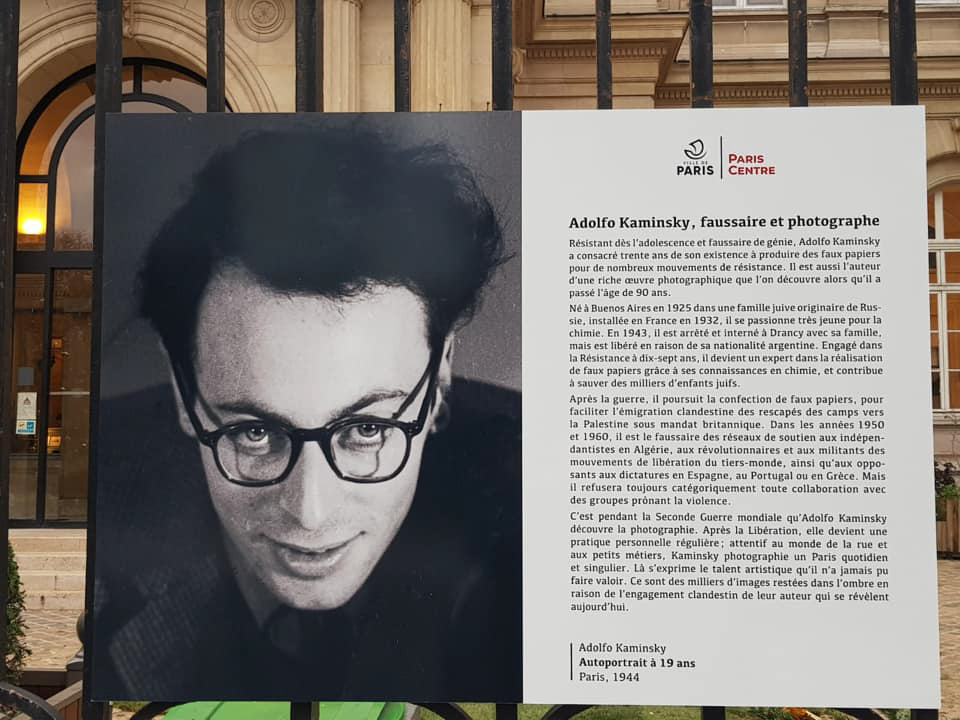
Adolfo Kaminsky, forger and photographer – © Paris Center Town Hall
Text: Katia Barillot
13.01.22
CURRENT EXHIBITIONS A MUST SEE
Susumu Shingu, praise of slowness
At the Jeanne Bucher Jaeger gallery, a century-old space at the bottom of a courtyard, around thirty drawings and kinetic sculptures, moving works by the Japanese artist Susumu Shingu, are displayed. It was a trend in vogue in the 1950s, led by artists such as the Athenian Takis or the Brazilian Soto.
Ethan Murrow and his hymn to plants
The Girls of Calvaire gallery, sheltered at the back of a courtyard, is hosting the solo show “Magic Soil” by the American Ethan Murrow until November 25. A unique set of around fifteen paintings and drawings that pay homage to nature.
Marilyn forever
Sixty years after her death, Marilyn still embodies the eternal feminine. In the heart of the Marais, Joseph gallery, the Monroe Experience offers a digital and poetic exhibition until November 21, to better understand the myth and the woman, a start-up before her time, entrepreneur and modern for the time (sexual freedom , psychoanalysis etc.).
NOW ON THE MOOD MARSH
Victor Hugo, the writer with a thousand talents
Born in 1802, Victor Hugo became a social writer, a playwright, a poet, a novelist and a romantic designer. Nicknamed the man-ocean then the man-century, he is a political figure and a committed intellectual. He found success with Notre-Dame-de-Paris in 1831 and with Les Misérables in 1862.
The best tattoo parlors in Marais
Tattooing, an age-old practice, has long been the prerogative of convicts, dock workers, the underworld and sailors. Although it has become democratized, now affecting all profiles and concerning one in five French people, including 16% women compared to 10% men, it still remains taboo due to its definitive and transgressive nature.
Juliette Drouet actress, muse and mistress of Victor Hugo
At 14 rue Sainte-Anastase, from 1836 to 45 and at 12 from 1845 to 48, a few hundred meters from Place des Vosges, lived the muse and lover of Victor Hugo, Juliette Drouet née Julienne Gauvain.

